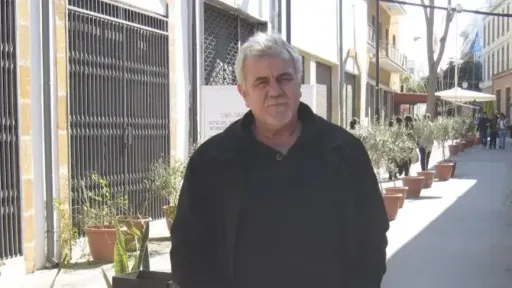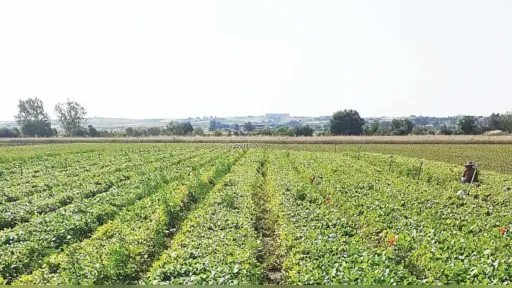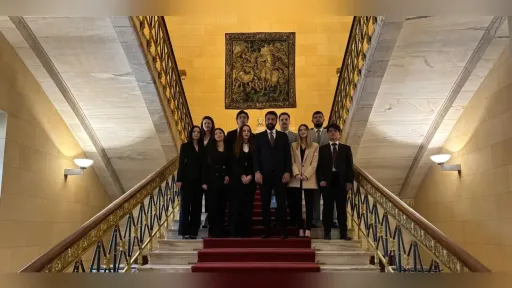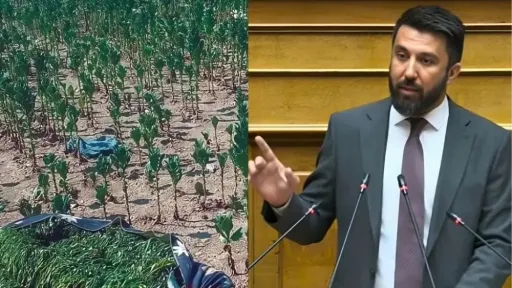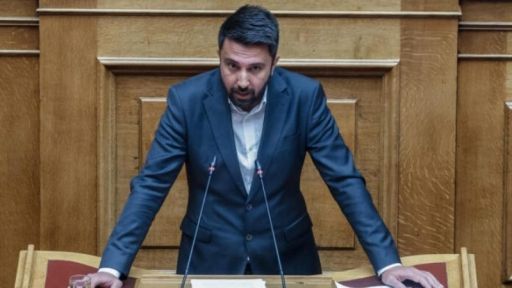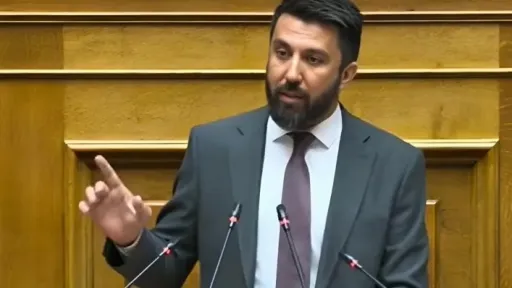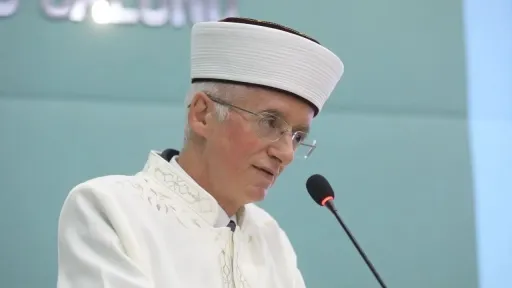Rhodope MP Özgür Ferhat speaks to Anadolu Agency about extreme weather conditions

Ferhat highlighted the severe drought the region of Eastern Macedonia and Thrace, particularly Rodopi, has faced due to these climate shifts, resulting in significant negative effects on both the environment and local communities.
Referring to the major wildfires in eastern and western Rodopi in August 2023, Ferhat stressed that these fires left rural areas, residential regions, and farmland vulnerable. Thousands of acres of forest were destroyed, along with numerous wildlife habitats. He noted that many homes and businesses in the villages were heavily damaged, and agricultural land was rendered unusable.
Ferhat explained that the loss of forest cover due to the fires has reduced the land’s natural ability to absorb rainwater, increasing the risk of flooding. “Without immediate measures, the region is left defenseless against future flood disasters,” he stated.
He added that if emergency response projects, such as flood barriers and reforestation, had been implemented within a year of the fires, the scale of the current disaster could have been mitigated. Ferhat criticized local and central governments for failing to take adequate action, citing a lack of funding and administrative support.
Ferhat expressed his commitment to following up on the situation closely and taking necessary initiatives. However, he emphasized that bureaucratic delays had hindered the authorities from taking the required steps in time. He acknowledged that while projects have been approved in parliament and funding secured, the incomplete infrastructure puts the region at risk for a harsh winter.
“Our responsibility is to leave our region in a livable state for future generations,” Ferhat concluded.
"The Cause of the Disaster: Last Year’s Wildfires"
Hüseyin Sadık, a local resident and witness to the recent flooding, described how, at first, the rain did not seem particularly intense when he arrived in his village at around 4:00 PM on the day of the flood. However, as he approached his home, he saw that the road had been completely submerged by floodwaters, and the rain continued to intensify. “After a while, even huge boulders were being swept away by the water,” Sadık recalled.
He attributed the disaster to last year’s wildfires, explaining that the fires had destroyed the vegetation, leaving the ground unable to absorb the rainfall. “If the mountains still had their vegetation, this disaster wouldn’t have happened,” he said.
"Villagers Await Government Support"
Sadık Sadık, the village’s imam, stated that neither he nor the village elders, some of whom are 80 to 90 years old, had ever witnessed such a disaster before. He confirmed that the lack of vegetation following last year’s wildfires prevented the soil from absorbing the rain, leading to floodwaters entering around 10 homes and businesses. He added that the mosque was narrowly spared from flooding.
Authorities had promised to construct four protective barriers around the village after the fires, but no progress has been made. “If the barriers are built, the village will be protected, but it’s unclear when construction will start—it could take up to two years,” Sadık said. He concluded by noting that damage assessments have been completed and that the villagers are waiting for state support.
